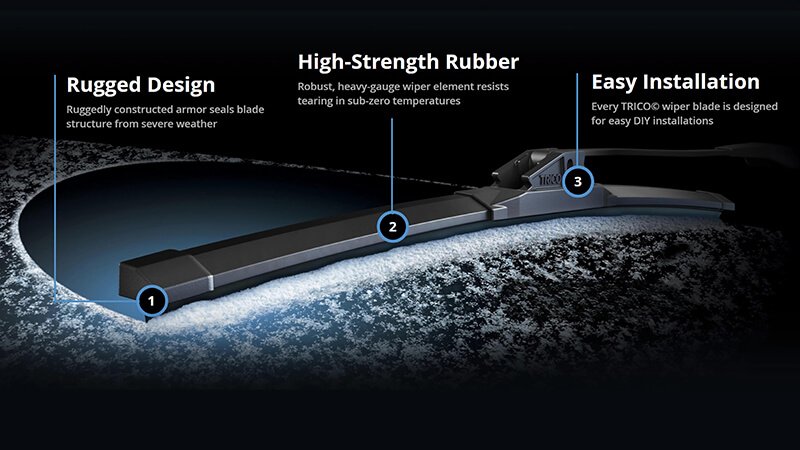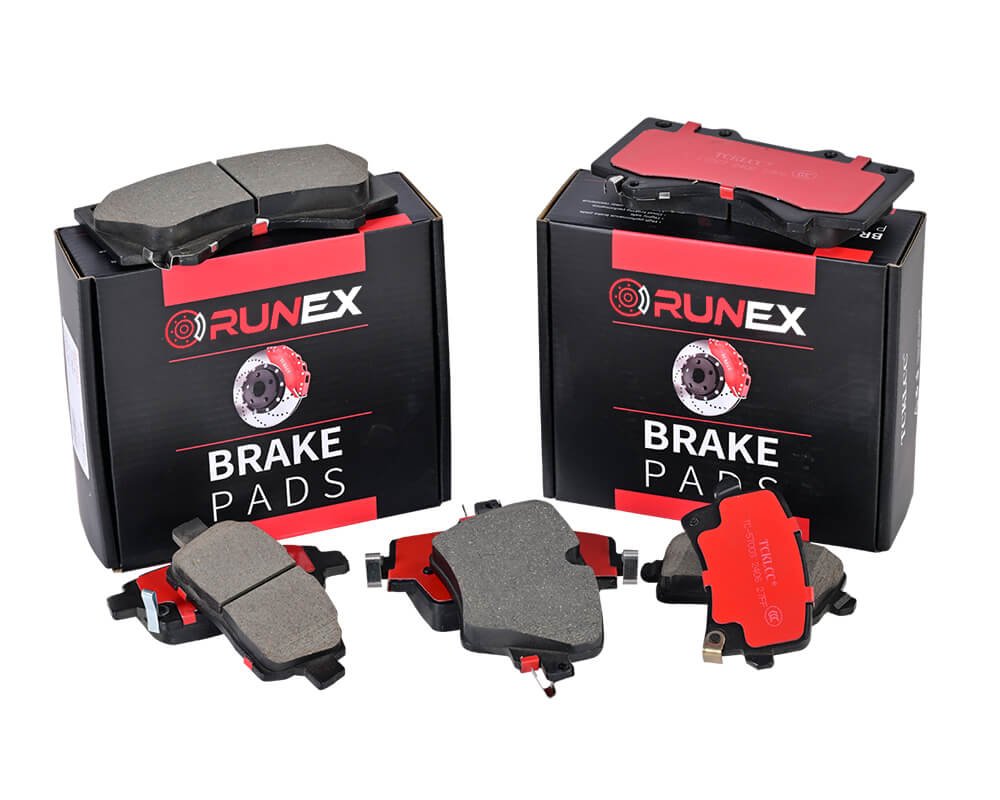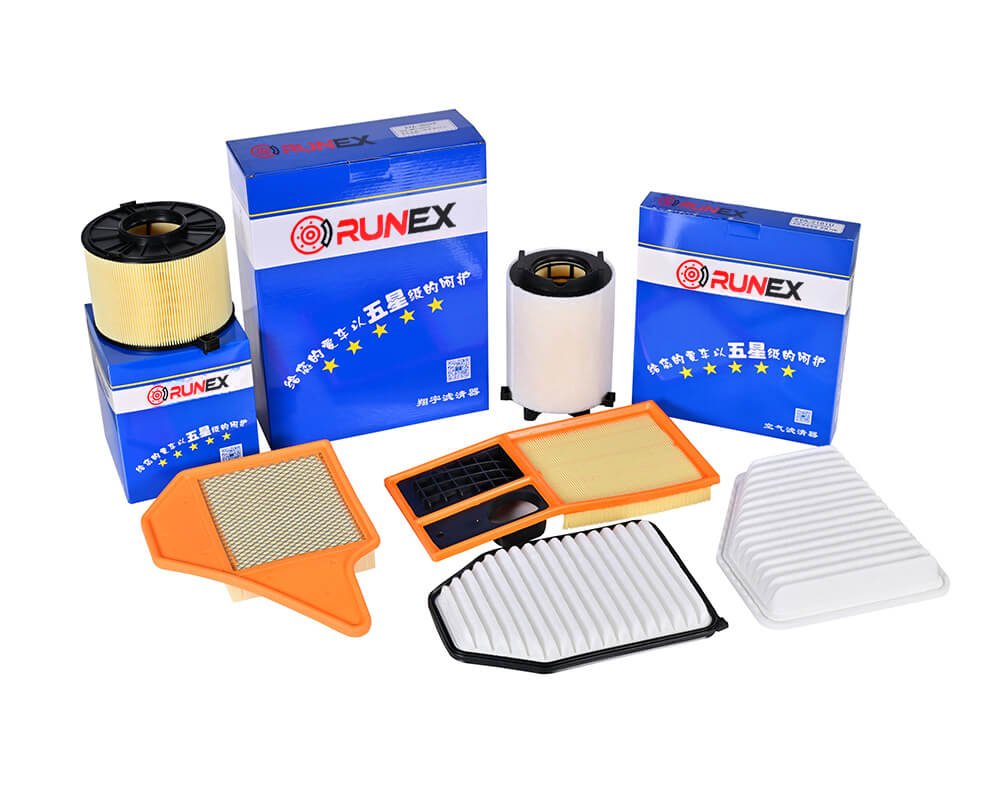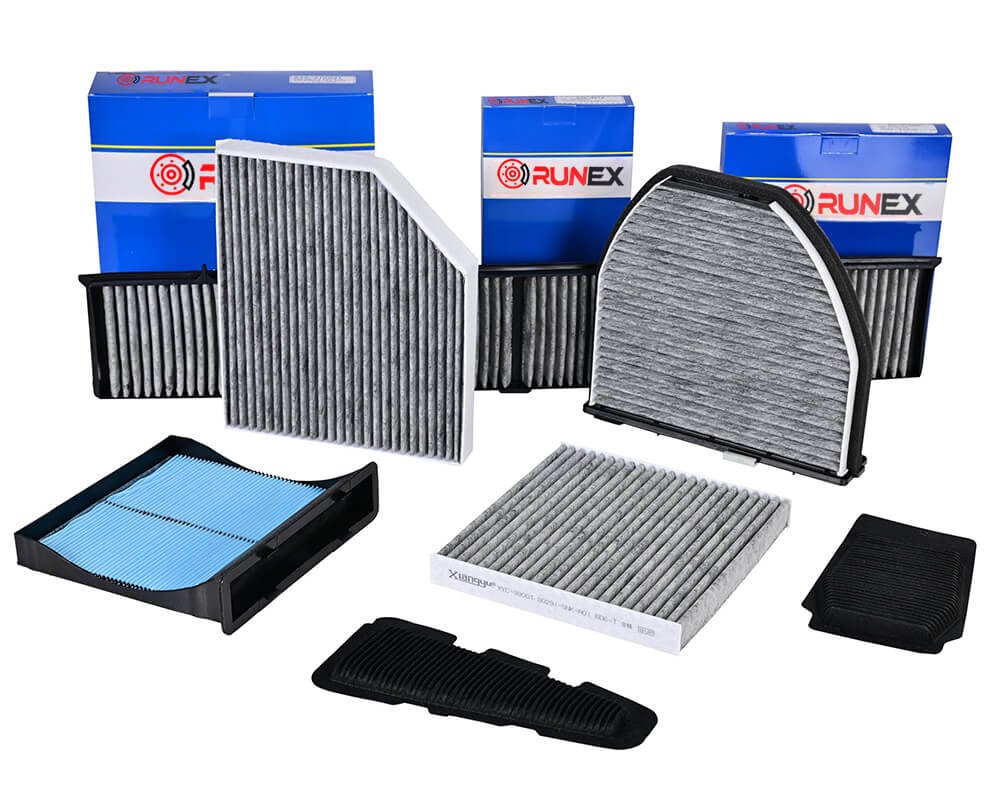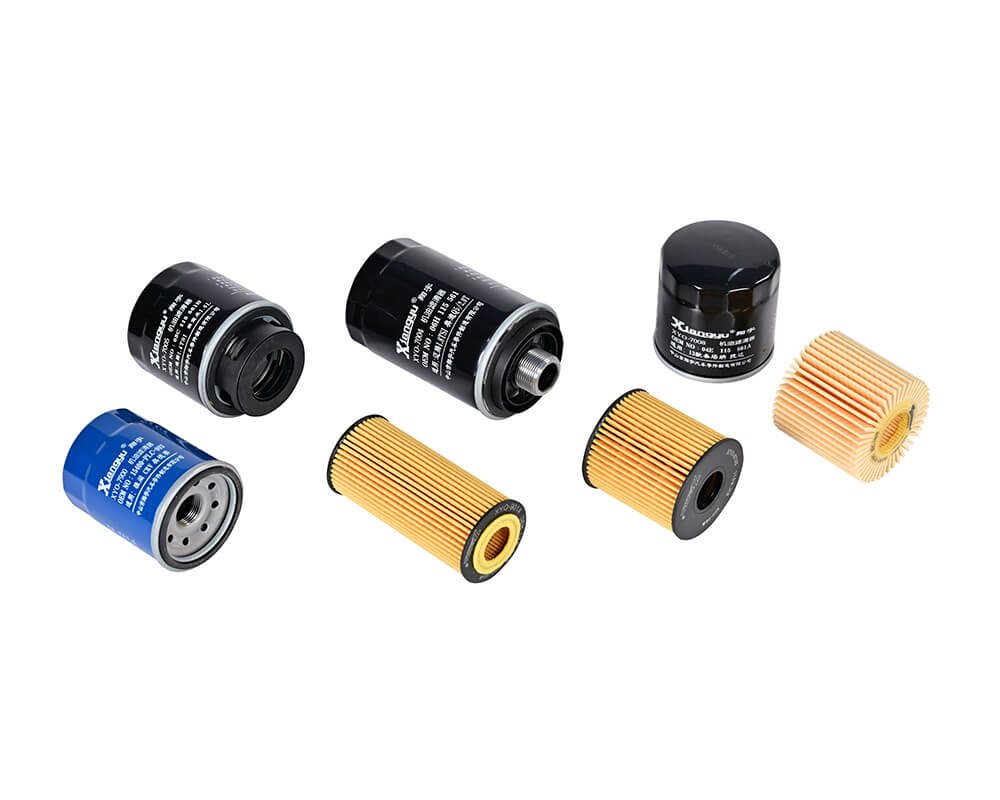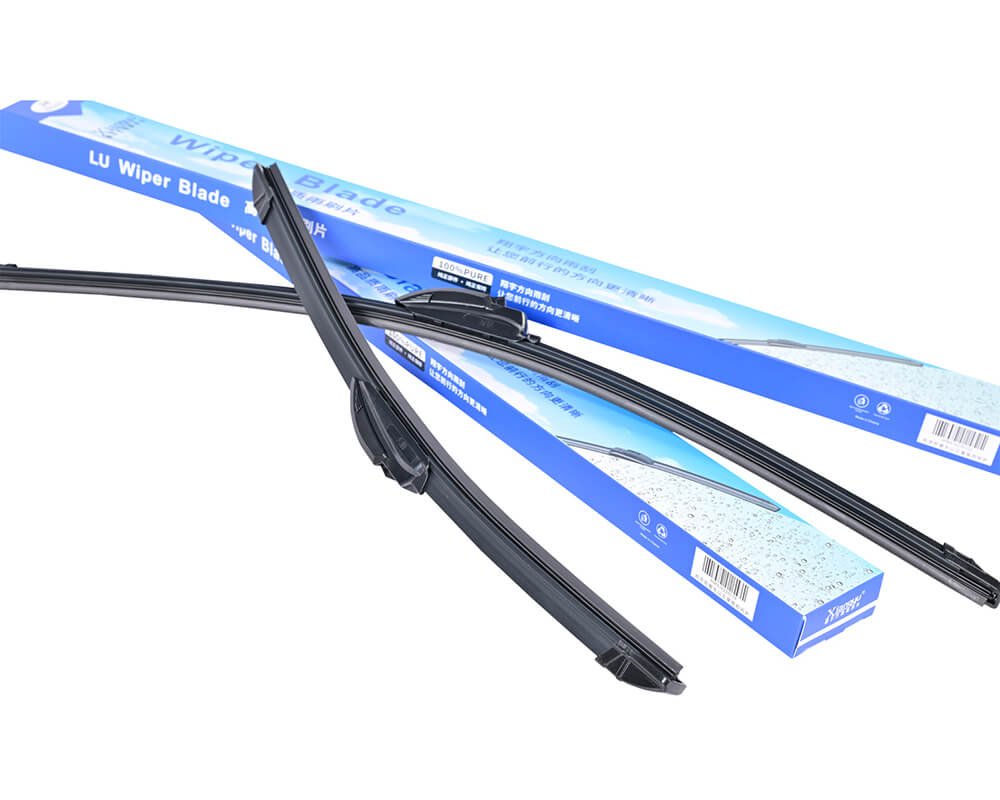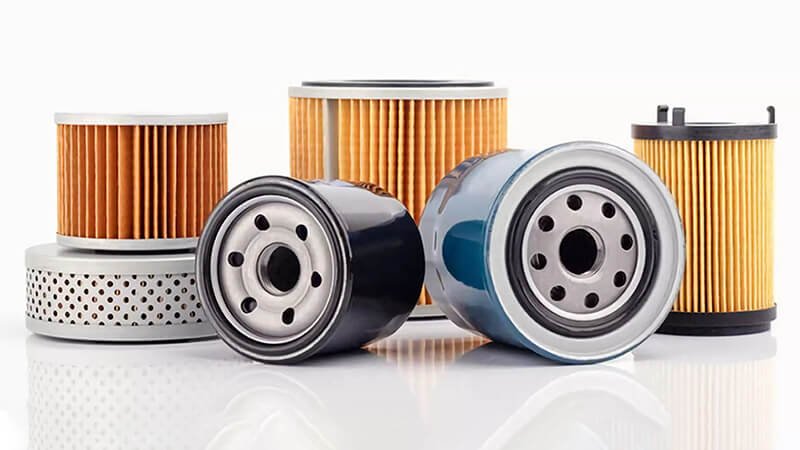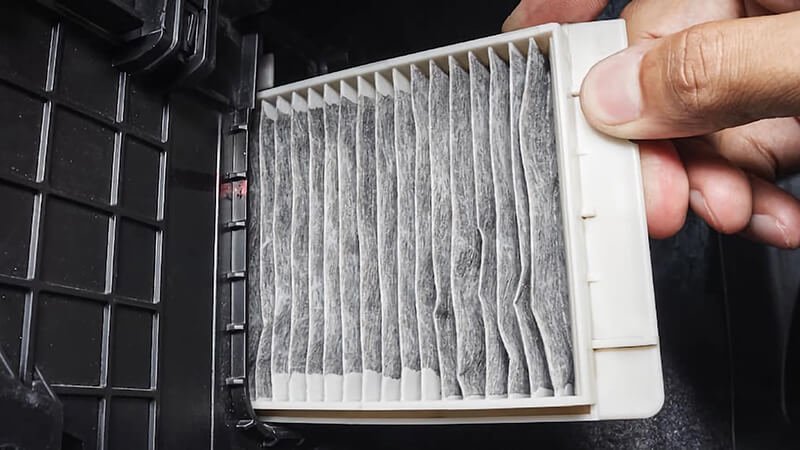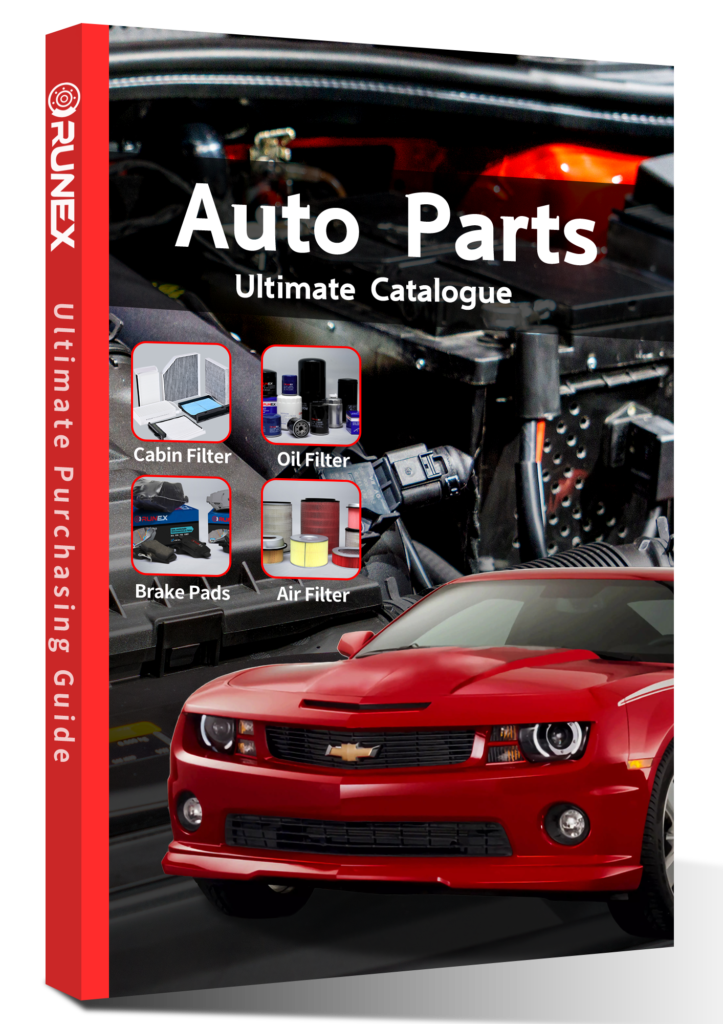Wiper failure can be annoying—and dangerous. Especially during a sudden downpour or snowy drive. But most wiper problems come from just a few common causes.
Wipers often stop working because of blown fuses, bad relays, seized linkages, or worn-out motors. Reliable parts, like those from Runex Auto, reduce the risk of sudden failure.
It’s not just a comfort feature—wipers are a critical safety system. Let’s look deeper into why they fail, what signs to watch for, and how better parts can solve these issues before they happen.
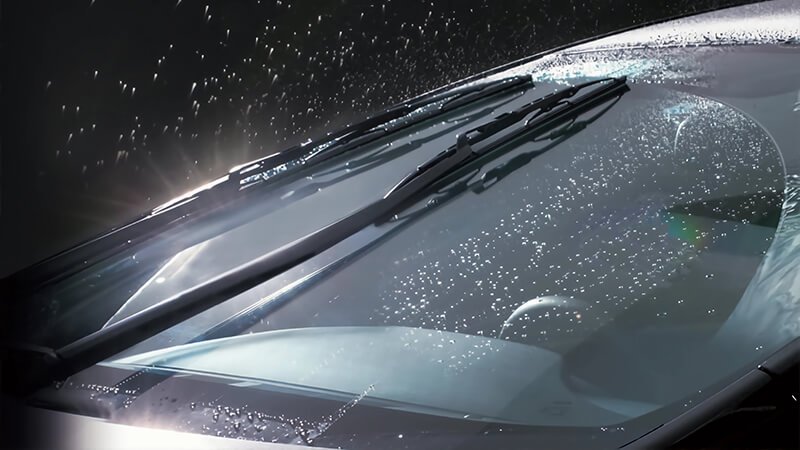
Can you drive a car with wipers not working?
You might think it’s fine—until it rains. Then you realize how risky it is. Driving without working wipers means you can’t see, and if you can’t see, you can’t drive safely.
Driving with faulty wipers is dangerous and illegal in many countries. Visibility matters. Without working wipers, you risk accidents, especially in rain or snow.
Why driving without wipers is a serious risk
If your wipers stop mid-drive, you’re left exposed to the weather. Even light rain can blur your windshield and double your stopping distance. From my experience working with fleets, winter months show the highest failure rate—usually from frozen rubber and overworked motors. One fleet I worked with had constant complaints of wipers freezing and motors burning out. We solved it by switching them to Runex wipers1 with high-torque motors and winter-treated rubber blades2. Their warranty claims dropped by 40% in one season.
Key safety risks
| Risk | Impact |
|---|---|
| Reduced visibility | Increases accident risk |
| Legal penalty | Can fail vehicle inspection |
| Delays | Fleet downtime rises |
| Motor damage | Burned-out motors can short circuits |
Why Runex Auto wipers help
- Treated blades for cold and heat resistance
- Sealed motor housing to resist water and dust
- Stable performance even under stress
- Tested to OEM-level durability cycles
Using high-quality parts helps you avoid the question altogether—because the wipers just work.
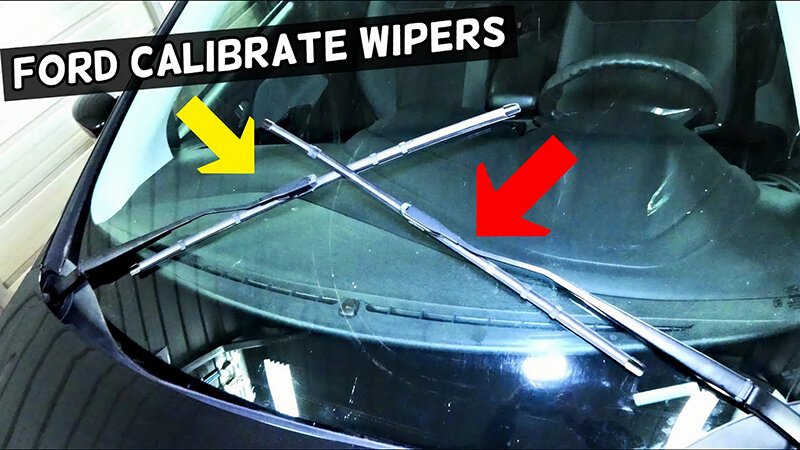
How to tell if a wiper motor is broken?
A broken motor doesn’t always mean your wipers stop completely. Sometimes it’s a slow sweep. Or they stop mid-glass. It’s easy to miss, until the weather gets bad.
A broken wiper motor may cause slow movement, stop mid-sweep, or make grinding noises. If fuses and relays are fine, the motor is likely the problem.
What signs point to a failing motor?
Wiper motors are built for thousands of cycles—but like all moving parts, they wear out. I often check for these signs during sourcing evaluations:
Symptoms of a bad motor
| Symptom | Likely cause |
|---|---|
| Wipers don’t move3 | Dead motor or no power |
| Wipers move slowly | Worn motor gears or voltage drop |
| Grinding noise | Damaged internal motor parts |
| Wipers stop mid-way | Motor overheating or seizing |
A faulty motor often strains other components—linkages, arms, even fuse lines. If the motor’s performance drops, the whole wiper system suffers.
What Runex does differently
At Runex Auto, our wiper motor assemblies use copper windings for consistent torque, heat-resistant housings for thermal stability, and high-durability gears4. We also apply double testing—once at the factory, and again at random post-packaging. One distributor told me, “These are the first motors we don’t have to think about twice.” That’s what I aim for—predictable performance.

What is the average life of a wiper?
Wipers wear faster than many expect. They’re exposed to UV, rain, dirt, and snow. And when they wear down, they can damage your windshield.
Most wiper blades last 6 to 12 months. Wiper motors and linkages can last 5 to 10 years with quality components and regular use.
Why do wipers wear out so fast?
Wiper blades are made of rubber, which breaks down over time. Sun, snow, dust, and chemicals all reduce blade performance5. I’ve seen fleets where wipers were only changed once a year—leading to scratched windshields, and in some cases, full motor replacements because of excess drag on old blades.
Wiper component lifespan
| Component | Lifespan (avg.) |
|---|---|
| Rubber blade | 6–12 months |
| Linkage | 5–10 years |
| Motor | 7–12 years (with quality parts) |
| Relay | 8–15 years |
Why do Runex wipers last longer?
We use EPDM rubber6 for heat and ozone resistance. Our blades go through 500,000+ cycles of durability testing. The metal frames are powder-coated to prevent corrosion. For motors, we select sealed bearings and tested gearboxes. This isn’t over-engineering—it’s what prevents failures.
One customer said our wipers held up in three winters with no cracks. That’s not luck. That’s engineering with purpose.

How can you tell if a wiper relay is bad?
The relay is the switch that sends power to the motor. If it fails, your wipers won’t respond. It’s a small part—but it controls the whole system.
A faulty wiper relay causes wipers to stop working suddenly or behave erratically. Clicking sounds or no response to the wiper switch are signs.
How do you diagnose a bad relay?
The relay is often ignored until it fails. Yet in many cases I’ve seen, replacing the relay solves the problem without touching the motor. You don’t need a full diagnostic bench—just basic observations and a multimeter.
Symptoms of a bad relay
| Symptom | Explanation |
|---|---|
| No wiper movement | Relay not passing current |
| Wipers don’t turn off | Relay stuck in closed position |
| Wipers behave randomly | Intermittent relay failure |
| Audible clicking but no action | Relay click but no power output |
What sourcing mistakes cause relay issues?
Cheap relays often use under-rated internal switches or unsealed housings. Moisture or vibration7 causes contact failure. That’s why at Runex, I always push for automotive-grade relays8 with corrosion-resistant contacts and sealed enclosures. Our relay units are pre-tested under voltage fluctuation to simulate real use. This extra step has saved some of our clients thousands in seasonal returns.

Conclusion
Wiper systems9 seem simple—but they depend on precise coordination between blades, linkages, motors, relays, and switches. If any part fails, your visibility suffers. In my experience, most failures come from preventable causes: bad sourcing, poor materials, or skipped testing.
At Runex Auto, we design our wiper components with reliability in mind. From treated rubber to sealed motors and tested relays, every part is built to last—because we know our clients don’t want surprises on the road.
Reliable parts don’t just reduce downtime—they build trust. For us, and for every driver counting on a clear windshield.
-
Explore the advantages of Runex wipers to understand how they enhance safety and performance in adverse weather conditions. ↩
-
Learn about winter-treated rubber blades and their role in ensuring reliable wiper function during harsh winter conditions. ↩
-
Understanding the causes of wipers not moving can help you troubleshoot and fix your vehicle's wiper system effectively. ↩
-
Exploring high-durability gears can provide insights into their benefits and how they enhance the performance of wiper motors. ↩
-
Discover expert tips and techniques to enhance wiper blade performance, ensuring clear visibility and extending the lifespan of your wipers. ↩
-
Explore the advantages of EPDM rubber in wiper blades for durability and performance. ↩
-
Understanding how moisture or vibration impacts relays can help prevent failures and extend the lifespan of your automotive components. ↩
-
Exploring the benefits of automotive-grade relays can enhance your knowledge on reliability and performance in automotive applications. ↩
-
Find the best auto wipers from Runex. ↩

